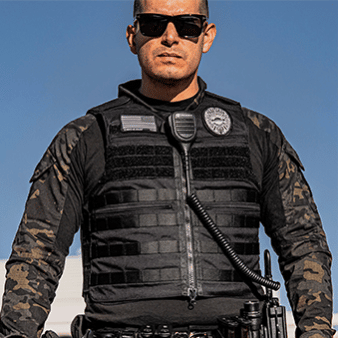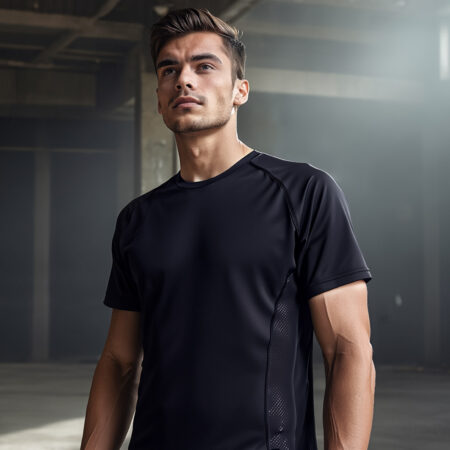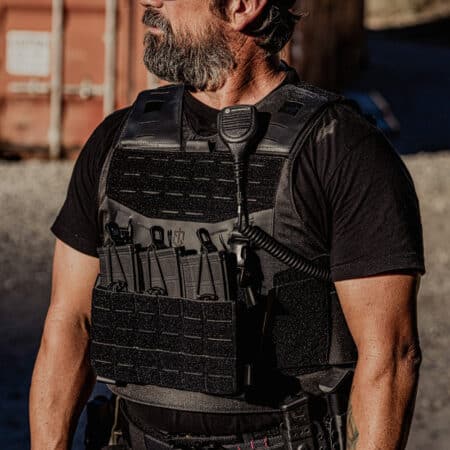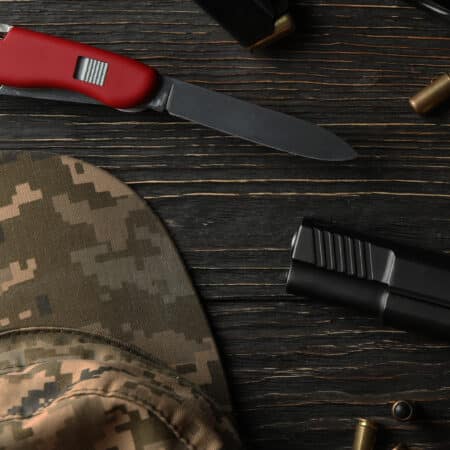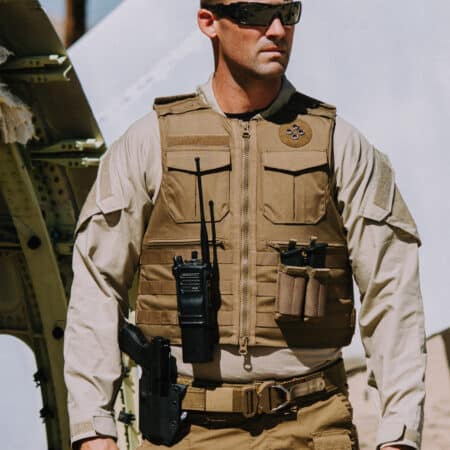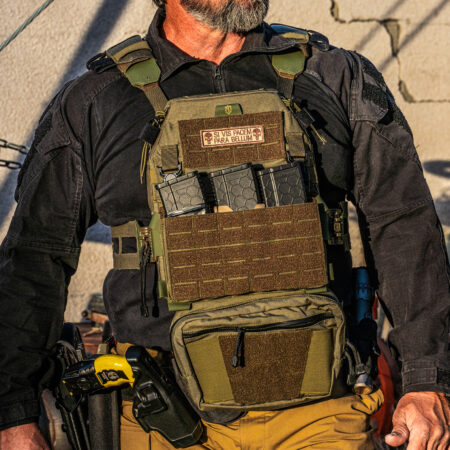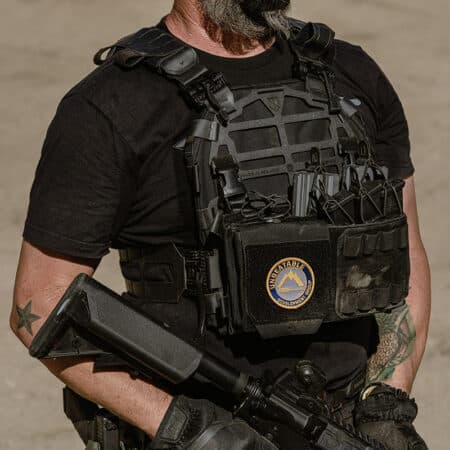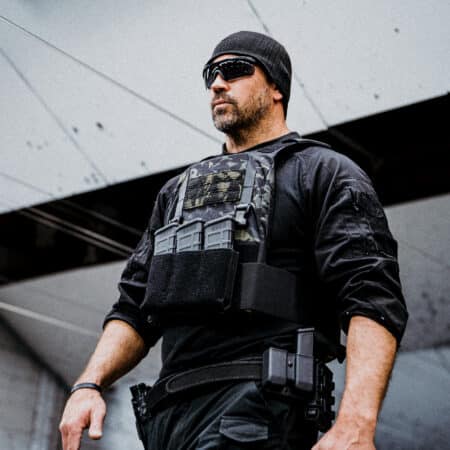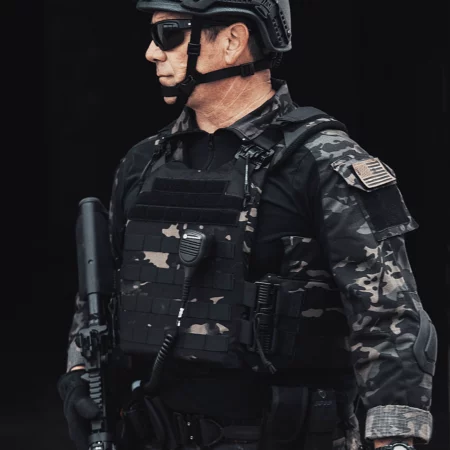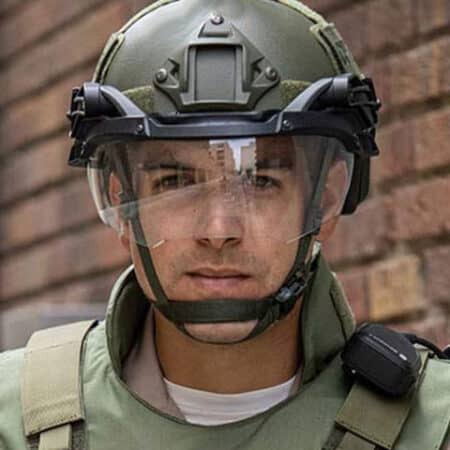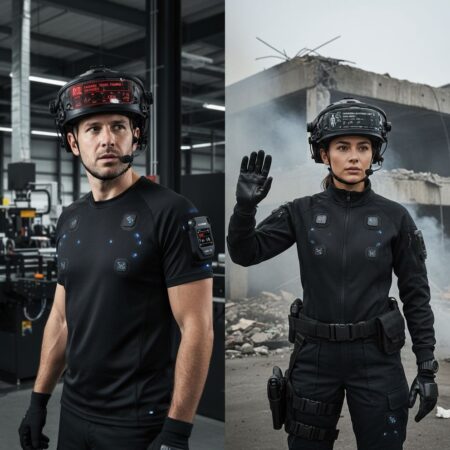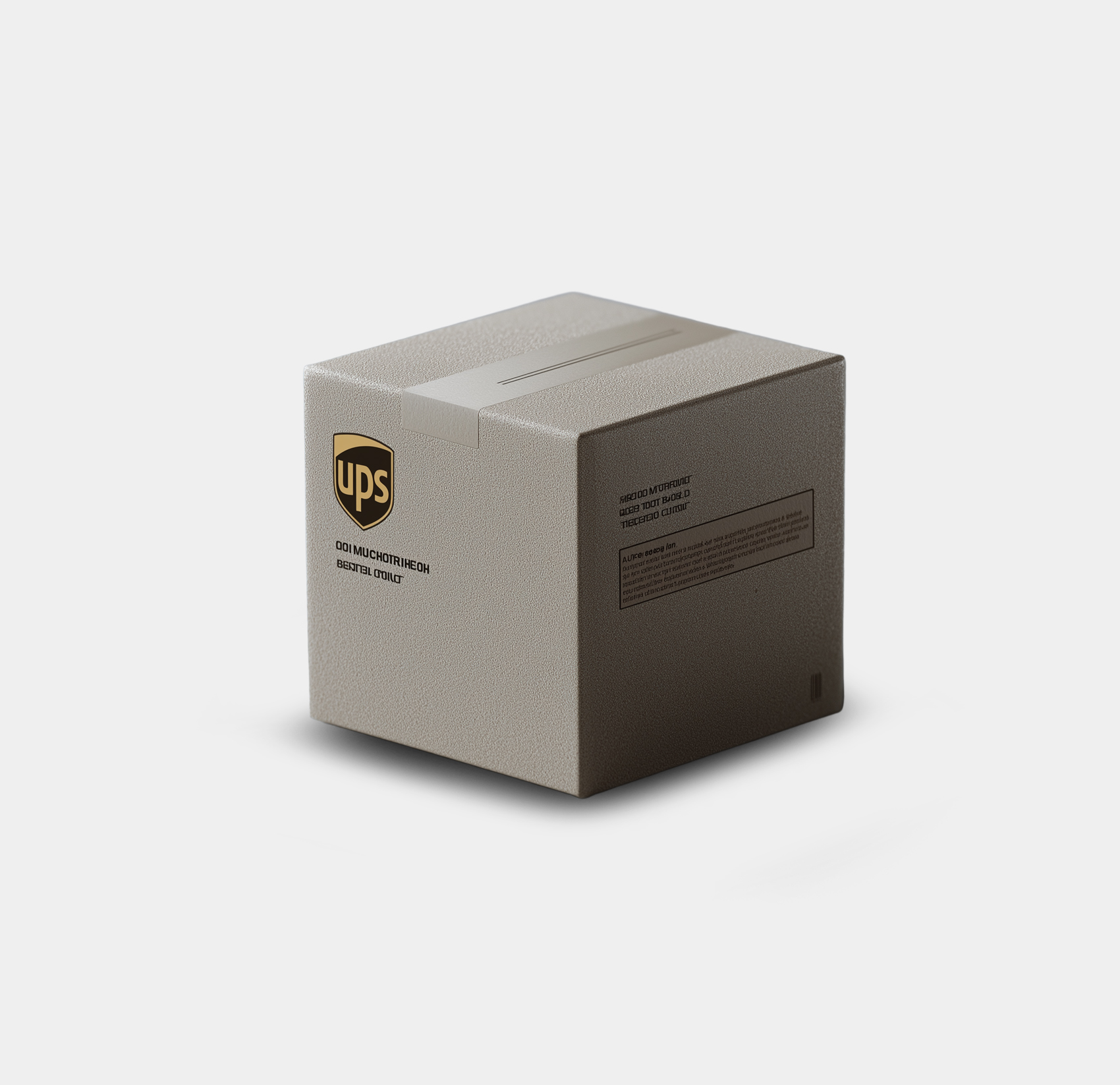When It comes to body armor, there are several personal factors that you need to take into account. These are things such as the type of environment you are preparing for, whether you want overt or covert protection, what level of protection you want, and how much weight and mobility you are comfortable with wearing. Ballistic protection levels generally range from level 2a to level 4, each being heavier, but offering more protection than the previous one. In addition to being heavier, they also tend to get more expensive the higher up you go. While this can vary depending on the type of material that you get your vest made out of, this is going to be a fact that you are your pocketbook are going to have to work around.
LEVEL II OR IIA BULLETPROOF VEST
A level 2a bulletproof vest will stop small handgun caliber rounds, by this we mean 9mm. This used to be the standard worn by police officers, but it is grossly ineffective for day-to-day activities now with the various types of firearms and calibers that are abundant. In today’s world, most police agencies use level IIIA at a minimum for patrol officers. While it still has its place in the world, the price difference between 2A and 3A is not significant enough to warrant getting it over 3A in any situation where both are available to you.
LEVEL IIIA BULLETPROOF VEST
Level 3A plates (level IIIA) are the current standard in police soft armor protection. This level of body armor can stop all handgun rounds up to .44 magnum, and even 12 gauge shotgun slugs. This is the most common kind of body armor currently available and is used by police officers mostly. In terms of what you may need as a day-to-day average joe going about his/her life, this would be the best option for you based on a number of reasons. One, this armor is extremely light weight and can be worn all day without any sort of significant or noticeable drain on stamina. Two, this armor is soft armor as opposed to hard armor steel or PE plates, which means it has some give and can conform to your body. Three, most crimes in the modern ERA are committed with handguns or shotguns, and very few, are committed with rifles. Not only is 3A cheaper than the higher-level – rifle rate armor, but it’s lighter, more comfortable to wear, protects against realistic threats, and can be concealed if needed.
LEVEL III RIFLE PLATES
Level III hard armor plates are the gold standard when it comes to rifle protection. Level 3 plates are rated to stop threats up to .308 caliber and are extremely light weight. What this means is that you are able to walk around with armor plates that are capable of stopping most of the most common rounds that come out of the most common rifles on the planet such as the AR-15 (.223/5.56), FN-FAL (7.62/.308), and lastly the AKM (7.62/5.45). Level 3 body armor plates have a lot of versatility in the fact that they can stop all these rounds without being too heavy and are usually much cheaper than the next steps up in body armor protection which are level 3+ and Level 4. Additionally, level 3 plates can be made solely of PE, a light weight, DURABLE, polymer. When you start getting into the higher levels of protection, such as with level 3+ and level 4 plates, that must also be made with Ceramic materials as well. While these materials are encased in PE they are not as durable and can be prone to cracking if hit with enough force. It is for this reason that the level 3 plates are often seen as superior to those of 3+ and level 4 despite not being able to stop as many rounds.
LEVEL III+ SPECIAL THREAT CERAMIC PLATES
Level 3+ plates are a stop gap plate between level III and level IV, they are not officially recognized by the NIJ board, but they do serve a very effective purpose in this industry. Level 3+ plates are for those of you that need extra protection from threats beyond the standard 5.56 and 7.62 rounds out there, but do not need Level 4 plates with the extra weight, and not to mention costs, that those plates entail. Level 3+ is similar to level 3 plates in its use of PE, while also incorporating the ceramic tiles that are often found inside Level 4 plates. Level 3+ plates, as a result, are much stronger, and while they can’t stop full on AP rounds, they can stop M855A1 EPR 5.56 rounds. These M855 rounds, also know as “green tips” due to the green markings that can be seen on the tip of each bullet, have enhanced penetration capabilities which enable it to defeat level 3 standard armor.
LEVEL IV HARD ARMOR PLATES
A Level 4 plate or a Level 4 bulletproof vest is the top dog in the industry in terms of personal protection. Level 4 plates are, like level 3+ plates, made of a mixture between PE and Ceramic, this enables them to stop rounds up to .30 CAL APM2. Unfortunately, this maximum protection also comes at the cost of increased weight for the wearer, as even light weight PE/CERAMIC plates like those made by ACE LINK ARMOR can weigh as much as 6.0 pounds each. When you start getting into cheaper options, while you save money, the weight gets even worse, with people now carrying anywhere from 18-25 pounds on them just for front and back plate protection. This is the main drawback of the Level 4 plate, while the protection offered by these plates is amazing, it comes at the trade-off of increased weight, or pricing if you go for the PE/CERAMIC options.
ARMOR AND WEIGHT
When picking out armor an important consideration is the weight, which can vary widely depending on the level of armor that you are looking at getting, along with the type of material it is going to be made out of. Not all armor is the same, and a level 3 plate made out of steel will have vastly different performance and weight characteristics to a plate made out of PE. This is something to consider strongly when you are going to be out in the field for long patrols or wearing these items all day. While many people will cite how the US Military used to issue steel plates in their equipment to troops, that is no longer the case, as these steel plates of yesteryear have been replaced by the lightweight PE plates of the modern ERA. At the end of the day, more than anything else, you need to get what works best for you and your budget, not what some SOCOM super operator is wearing and using.


